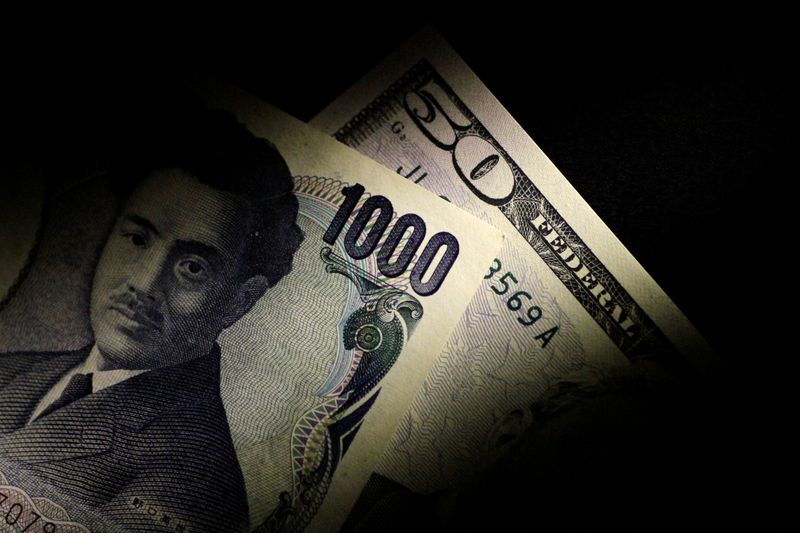
The U.S. dollar experienced a slight decline on Tuesday amidst thin and choppy trading. This movement followed comments from Federal Reserve Chair Jerome Powell, who struck a moderately dovish tone, hinting at a potential easing cycle later this year.
During a monetary policy conference in Portugal, Powell noted that the U.S. economy has made significant progress on inflation, aligning with a disinflationary path. Analysts viewed his comments as dovish, indicating a possible delay in tightening monetary policy.
Despite Powell's remarks, data showed an increase in U.S. job openings in May, reversing the declines seen in the previous two months. The Job Openings and Labor Turnover Survey (JOLTS) reported a rise of 221,000 job openings to 8.140 million at the end of May. However, the April figures were revised down to 7.919 million from the initially reported 8.059 million.
Erik Bregar, Director of FX & Precious Metals Risk Management at Silver Gold Bull, noted that while Powell’s comments were slightly dovish, they helped push the dollar lower. The JOLTS report, although seemingly strong, had underlying weaknesses that the market attempted to shake off. Consequently, U.S. rate futures have now priced in a 69% chance of a rate cut in September and up from 63% on Monday.
The dollar index, measuring the U.S. dollar against six other currencies, dipped 0.1% to 105.71. The dollar's support from rising Treasury yields has been persistent, with benchmark 10-year Treasury yields increasing by nearly 14 basis points overnight. However, the yield on the 10-year note pulled back on Tuesday, sliding 4.3 basis points.
Against the yen, the dollar remained flat at 161.48, after hitting 161.745 earlier. It marks the highest level in nearly 38 years. This rise is attributed to the significant interest rate gap between the U.S. and Japan. Japan’s finance minister expressed vigilance over sharp currency movements but refrained from issuing a clear intervention warning.
The euro remained steady against the dollar at $1.0741, showing minimal reaction to comments from ECB President Christine Lagarde. She emphasized the eurozone's progress on disinflation but highlighted uncertainties surrounding economic growth. Sterling saw a modest rise of 0.3% against the dollar to $1.2683. The Australian dollar inched up 0.1% to US$0.6668, with traders analyzing central bank minutes on inflation policies.
Overall, the US dollar decline on Tuesday reflected a combination of dovish remarks from Powell and mixed economic data. As the market continues to navigate these developments, the forex landscape remains dynamic and closely watched.
The US dollar experienced a decline following dovish comments from Fed Chair Powell. Discover the latest forex market reactions.
Superior trade execution & trading conditions with the NDD method.

The online FX industry provides a platform for investors worldwide to engage in the buying and selling.

Subscribe to our daily newsletter and get the best forex trading information and markets status updates
Trade within minutes!
Comment (0)